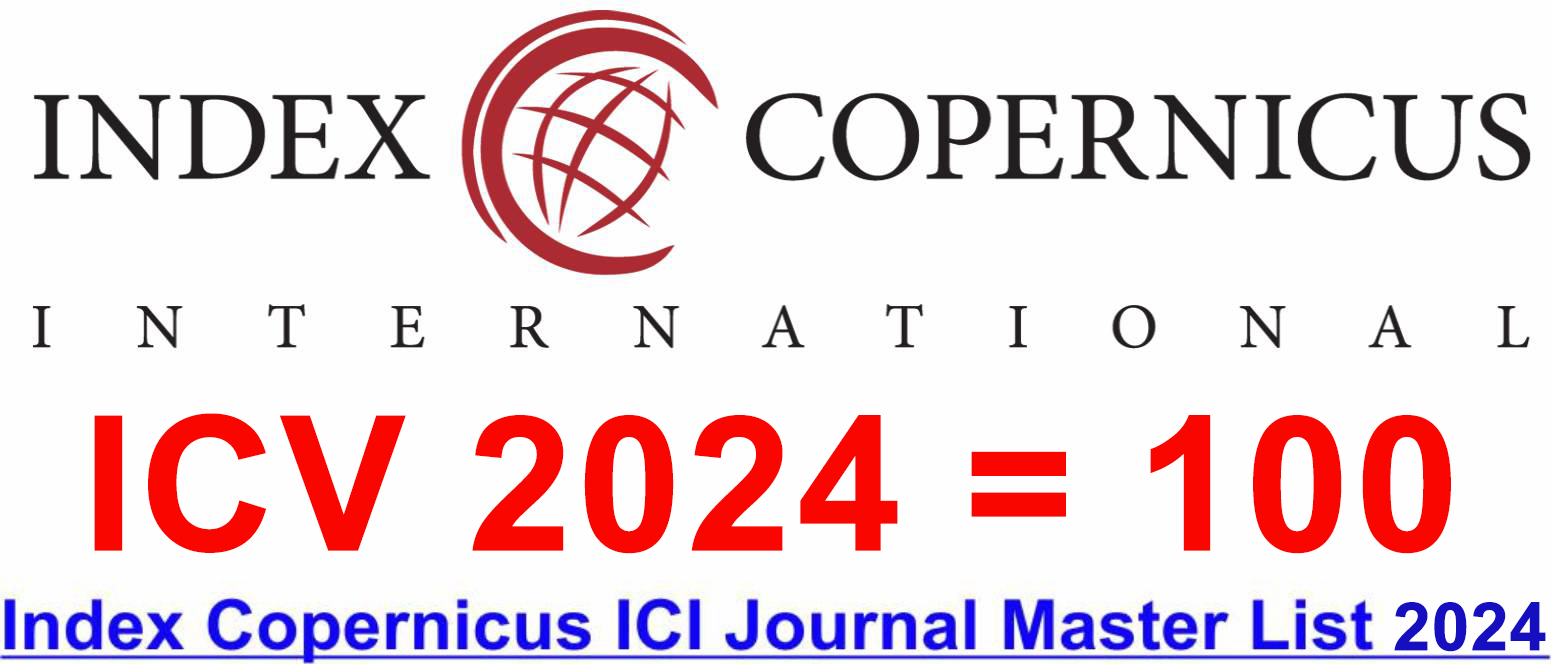Performance of Optimum Sharp Portfolio and CAPM Portfolio for Sustainability of Small Investors
DOI:
https://doi.org/10.46977/apjmt.2022v02i04.002Keywords:
Portfolio, Investment, CAPM, Beta, OptimizationAbstract
Purpose: Investment growth is essential for the prosperity of an economy. Saved money is used for investment. It is scarce in a country like India. So, optimal use of this saved fund is required. Markowitz stated that best use is possible by creating a diversified portfolio to minimize risk. Ordinary people have limited funds and knowledge of the stock market. So diversified portfolio should be formed by purchasing a minimum number of stocks. Objective: of this research analysis is to form optimum portfolios by using different methods. They are compared to know the best one which can provide the maximum return per unit of risk by using the minimum number of stocks in the portfolio formation. The uniqueness of this research is to identify numeric advantages in optimum portfolio formation from an Indian context. Methodology: Analysis is based on daily price movement data of the Nifty 50 index. An optimum portfolio is formed first by using the Sharp optimum portfolio method, where stocks are selected on the basis of cut off rate C with weight factor Xi. Then selected stocks of Sharp model are combined by using the CAPM beta diversification technique. Risk minimizing weight factors are used here. These two portfolios are compared to judge minimum risk achievement with low volume of stocks. Conclusion: Optimum portfolios performances are compared again with actual data from next year. From this research analysis, beta diversification was found to be the best option. Limitation: More than two years analysis can give solidarity in the conclusion.
Downloads
References
Aloysius Edward, J., & Jagadish, K. K. (2020). Optimum Portfolio Construction Using Sharpe Index Model with Reference to Banking Sector. International Journal of Advanced Science and Technology, 29(11), 212-230.
Baumann, P., & Trautmann, N. (2013). Portfolio-optimization models for small investors. Mathematical Methods of Operations Research, 77(3), 345-356.
Botha, I., Botezatu, A., & Coancă, M. (2020). Innovative Calculation Model for Evaluating Regional Sustainable Development. Economic Computation & Economic Cybernetics Studies & Research, 54(3), 05-24.
Chauhan, M. A. A. (2014). A Study on Usage of Sharpe’s Single Index Model In Portfolio Construction With Reference To CNX Nifty.
Esmaeili, B., Souri, A., & Mirlohi, S. M. (2021). Higher moments portfolio Optimization with unequal weights based on Generalized Capital Asset pricing model with independent and identically asymmetric Power Distribution. Advances in Mathematical Finance and Applications, 6(2), 263-283.
Farahi, W. A. (2020). Depositor Education and Awareness Fund (Deaf) Account: A Systemic Review. International Journal on Recent Trends in Business and Tourism (IJRTBT), 4(4), 1-3.
Fauzi, R., & Wahyudi, I. (2016). The effect of firm and stock characteristics on stock returns: Stock market crash analysis. The Journal of Finance and Data Science, 2(2), 112-124.
Global Journal for Research Analysis, 3(10), 92-94.
Goetzmann, W. N., Brown, S. J., Gruber, M. J., & Elton, E. J. (2014). Modern portfolio theory and investment analysis. John Wiley & Sons, 237.
Gopalakrishnan, M. M. (2017). Equity Analysis of Automobile Industry in Indian Stock Market. International Journal for Advance Research and Development, 2(5), 166-171. 5..
Jain, M., & Singla, R. (2021). Role of leverage and liquidity risk in asset pricing: evidence from Indian stock market. Vilakshan-XIMB Journal of Management.
Kaur, S. J., & Bharucha, J. (2021). The emerging mutual fund industry in India: an impact analysis of investors' awareness on investment behaviour. International Journal of Business and Globalisation, 27(1), 51-69.
Konno, H., & Yamazaki, H. (1991). Mean-absolute deviation portfolio optimization model and its applications to Tokyo stock market. Management science, 37(5), 519-531.
Lee, H. S., Cheng, F. F., & Chong, S. C. (2016). Markowitz portfolio theory and capital asset pricing model for Kuala Lumpur stock exchange: A case revisited. International Journal of Economics and Financial Issues, 6(3S), 59-65.
Lintner, J. (1975). The valuation of risk assets and the selection of risky investments in stock portfolios and capital budgets. In Stochastic optimization models in finance (pp. 131-155). Academic Press.
Maiti, M., & Balakrishnan, A. (2020). Can leverage effect coexist with value effect? IIMB Management Review, 32(1), 7-23.
Mandal, N. (2013). Sharpe’s single index model and its application to construct optimal portfolio: an empirical study. Great Lake Herald, 7(1), 1-19.
Markowitz, H. (1952). Portfolio selection. The Journal of Finance, 7(1), 77–91.
Masoud, N. M. (2013). The impact of stock market performance upon economic growth. International Journal of Economics and Financial Issues, 3(4), 788-798.
Mbithi, J. A. (2014). Determining the optimal portfolio size on the Nairobi securities exchange (Doctoral dissertation).
Nalini, R. (2014). Optimal Portfolio construction using Sharpe’s Single Index Model-A study of selected stocks from BSE. International Journal of Advanced Research in Management and Social Sciences, 3(12), 72-93.
Nandan, T., & Srivastava, N. (2017). Construction of optimal portfolio using Sharpe’s single index model: an empirical study on nifty 50 stocks. Journal of Management Research and Analysis, 4(2), 74-83.
Rossi, M. (2016). The capital asset pricing model: a critical literature review. Global Business and Economics Review, 18(5), 604-617.
Salami, H., & Salim, A. (2020). Ranking Wheat Producing Provinces from a Systematic Risk Perspective and Measuring Risk Compensation in Iran: A Capital Asset Pricing Model (CAPM), Journal of Agriculture Economics and Development.
Sharp, W. (1963). A simplified model for portfolio selection. Management Science, 9, 277-293.
Sharpe, W. F. (1964). Capital asset prices: A theory of market equilibrium under conditions of risk. The journal of finance, 19(3), 425-442.
Srinivasan, P. (2012). Determinants of equity share prices in India: A panel data approach. The Romanian Economic Journal, 46(6), 205-228.
Yang, Z. (2021, March). Analysis on CAPM and Sharpe Ratio in Market Investment. In 6th International Conference on Financial Innovation and Economic Development (ICFIED 2021) (pp. 5-8). Atlantis Press
Published
How to Cite
Issue
Section
Copyright (c) 2022 Asia-Pacific Journal of Management and Technology (AJMT)

This work is licensed under a Creative Commons Attribution-NonCommercial 4.0 International License.
















